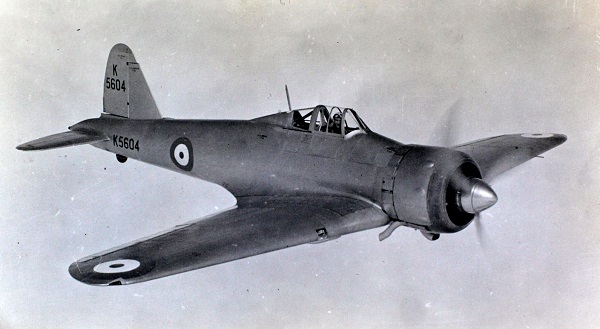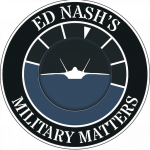BarnOwlLover
Staff Sergeant
Yes. It's been hinted more than once (many times in fact) that the He 70 influenced the wing design of the D3A, or example.
Follow along with the video below to see how to install our site as a web app on your home screen.
Note: This feature may not be available in some browsers.
Ad: This forum contains affiliate links to products on Amazon and eBay. More information in Terms and rules
Funny how the claim is always stealing from the Americans, yet a good number of German engineers were working in Japan during the 30s.
If we wish to use visuals to try and determine lineage, here's the AP-7 - note the fuselage taper, cowlling (including cooling flaps), high and forward tapering cockpit canopy, wing-root span/location and the empennage design.
Far closer to the A6M (visually) than the V-141.
View attachment 705171

 militarymatters.online
militarymatters.online
(Pssst - wanna buy some slightly pre-used designs for a jet engine, Canberra or Harrier? Might have some key components for a nuclear Device and some Enigma messages too!)All aircraft are designed by America, other countries then copy all their work (I have a bridge to sell you also)
To suggest the entirety of the A6M's performance advantage was down to the constant-speed prop and retractable undercarriage is laughable.
Every nation used what was the day's standard where possible.
It wasn't unusual for one country to use another's tech if something wasn't available domestically.
As mentioned earlier, the Bf109 prototype used a RR Kestral and even the Bf109V21used a P&W R-1830 radial.
And speaking of the Bf109, it used a version of Handley Page leading edge slats, too.
I remember back in the 1960s when Japanese motorcycles and cars were appearing, people laughed at the "rice burners", they were not laughing for very long.I wasn't accusing MIflyer of racism. I was accusing those who keep insisting that US industry somehow helped Japan's development of the A6M as racist. This topic comes up time and time again and it frustrates me because it precludes the idea that Japan was more than capable of innovating themselves. In reality, it's just rehashing Western perceptions from the late-1930s that the Japanese only made cheap knock-offs, they were short-sighted, couldn't fly at night etc etc.
Gustav Lachmann was the first person we know of to "invent" the leading edge slat, in 1917-18. He was recovering from an airplane crash and trying to of how to prevent the stall and wing over. The German patent office wouldn't give him a patent so he went to England.And speaking of the Bf109, it used a version of Handley Page leading edge slats, too.
Yep, I can see the Zero, if we ignore the near lack of forward vision, the non adjustable engine cowl and the wooden wing. and using the tires for the springs/shock absorbers in the landing gearNote, it has all the requisite parts of a small, radial-powered retractable monoplane.
Messerschmitt licensed the slat patent in exchange for HP getting a license to a Mess. single spar wing patent.Gustav Lachmann was the first person we know of to "invent" the leading edge slat, in 1917-18. He was recovering from an airplane crash and trying to of how to prevent the stall and wing over. The German patent office wouldn't give him a patent so he went to England.
Handley Page (or employees) had developed a version of the leading slat independently. Rather than fight each other in court they became partners. In the English speaking world it is the Handley Page Slat. Lachmann made a tidy sum off the royalties (indeed the Handley Page company made a large part of their money in the 1920s by licensing the Slat) and and went to work for Handley Page as a designer and is responsible for several designs including the Hampton.
By the time Willy and boys use the slat it was being used all over the world and Gustav and Freddy were making steady trips to the bank to deposit the checks.
I thought it was a landing gear locking mechanism that was copied, not the whole gear. Regardless, people tend to focus on that and not the NACA airfoils the Zero used - which were much more important than some overall minor details. Of course just about everyone was using NACA foils at the time....Or, conversely, the fact that the Me109 prototype was powered by a Rolls Royce Kestrel engine. Does that imply that Willi Messerschmitt "stole" or "borrowed" British technology to implement the Me109? Of course not.
However, we're supposed to believe that Jiro Horikoshi could design a lightweight fighter aircraft with phenomenal range, heavier armament that any other contemporary fighter, unparalleled agility, and competitively high speed but he couldn't design a retractable undercarriage without the V-143?
The Japanese clearly benefitted from access to constant-speed propeller technology. However, DC-3s were flying all over the world with those propellers, and indeed were licence-built in Japan.
To suggest the entirety of the A6M's performance advantage was down to the constant-speed prop and retractable undercarriage is laughable.